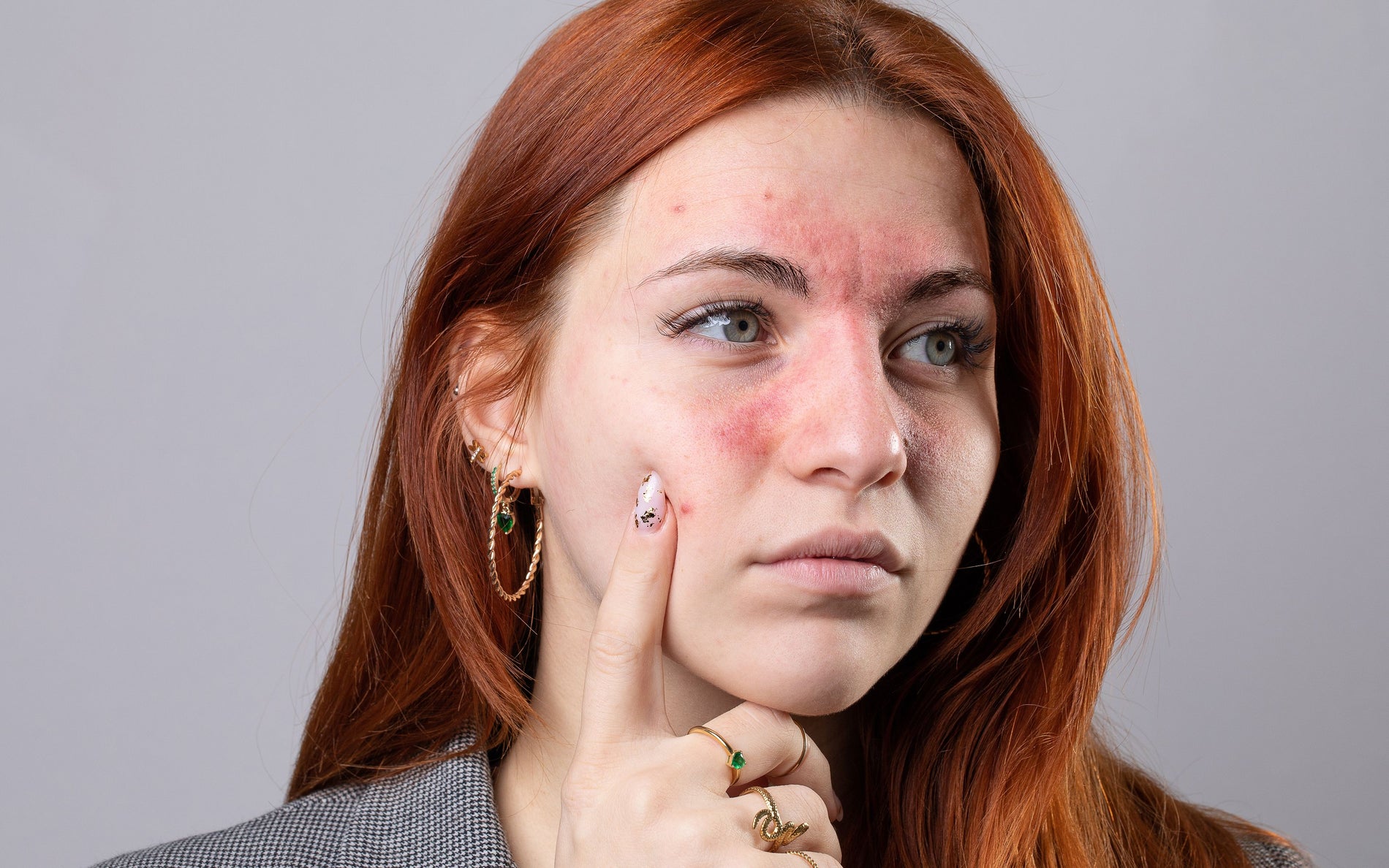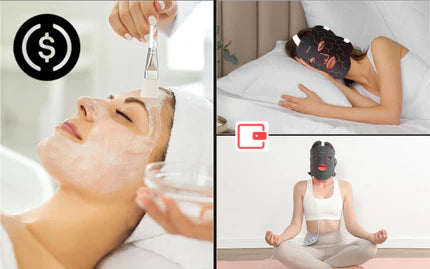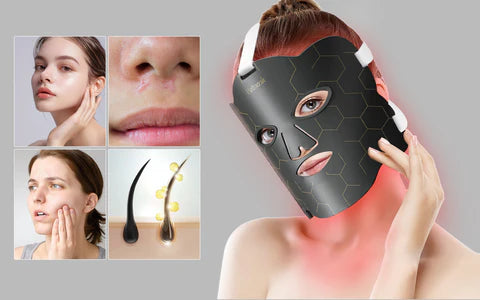Living with lupus often means managing a variety of symptoms that can change or flare up without much warning. It’s a complex condition, but understanding it is the first step toward finding relief. Red light therapy masks are gaining attention as a simple, non-invasive option to help alleviate some of these symptoms. This article will explain what lupus is, identify its causes, describe its impact on your health, and then examine how red light therapy masks could potentially offer a new way to manage the disease more comfortably.

Understanding Lupus: Definitions, Causes, and Symptoms
What Is Lupus?
Lupus is an autoimmune condition where the body’s defense system attacks its own tissues. This chronic disease can impact various parts of the body, including skin, joints, and internal organs.
What Causes Lupus?
The exact causes of lupus aren’t fully understood, but it’s believed to be a mix of factors:
- Genetics: There may be genes that make some people more susceptible to the disease.
- Environment: Things like sun exposure, infections, and even certain medications might trigger lupus in those who are genetically prone.
- Hormones: Since lupus is more common in women, scientists think hormones like estrogen might play a role.
Spotting the Symptoms of Lupus
Symptoms of lupus can come and go and vary from person to person, but some common ones include:
- Persistent fatigue that isn’t resolved with sleep
- Joint pain and swelling
- Skin rashes, most notably a butterfly-shaped rash across the cheeks and nose
- Fever without an obvious cause
- Kidney issues, which may not be noticeable without testing
- Dry eyes and mouth
- Chest pain upon deep breathing
- Headaches, confusion, or memory loss
What Are the Benefits of Red Light Therapy Masks for Lupus Symptoms
Red light therapy masks may seem like a high-tech skincare routine, but for those with lupus, they could offer much more—acting as an effective tool to manage symptoms. These at-home devices emit specific wavelengths of light that can penetrate the skin, potentially reducing inflammation, one of the hallmark struggles for patients with lupus.
How Does Red Light Therapy Work?
When you wear a red light therapy mask, the emitted light is absorbed by your skin’s cells. This process is believed to stimulate mitochondrial function—the powerhouse of the cell—resulting in increased energy production. For someone with lupus, this boost may translate into reduced inflammation and lessened pain in areas affected by the disease. It could also promote healthier skin by increasing blood circulation and collagen production, contributing to skin rejuvenation and potentially alleviating the visible skin-related symptoms of lupus.

While research is still ongoing, studies suggest that red light therapy can have anti-inflammatory effects which might be helpful for lupus patients:
- Inflammation Reduction: Studies have shown red light therapy might lower markers of inflammation in the body.
- Skin Health: Given lupus can affect the skin, the potential of red light therapy to aid in healing and reducing the visibility of rashes is being explored.
- Pain Relief: There’s evidence suggesting that red light therapy can help alleviate pain, a common symptom for many with lupus.
The use of red light therapy masks for lupus is gaining attention not just from patients looking for relief but from the medical community, eager to find supportive treatments that can ease the burden of the disease. As with any new treatment avenue, it’s critical for individuals with lupus to consult with their healthcare provider before starting red light therapy, ensuring it fits safely within their overall treatment plan.
Practical Advice for Using Red Light Therapy Masks Safely
Setting Up Your Red Light Therapy Routine
When incorporating a red light therapy mask into your lupus management plan, creating a routine that aligns with medical advice is crucial. Here’s how to start:
- Frequency and Duration: Adhere to the recommended usage instructions—usually a few minutes daily—to avoid skin irritation or eye damage.
- Before You Begin: Cleanse your face to remove any barriers that might block the light.
- Comfort Matters: Ensure the mask fits snugly but comfortably, and use it in a relaxing environment.
Safety Measures and Precautions
While red light therapy masks are generally safe, considering the following precautions can help you avoid any potential risks:
- Protect Your Eyes: Even though red light is considered safe, wearing goggles or using masks with built-in eye protection is a good practice.
- Skin Sensitivity Check: If you have photosensitive skin or are taking medications that increase sensitivity to light, consult with a doctor beforehand.
- Monitor Your Skin: Pay attention to how your skin responds after each session and report any adverse reactions to your healthcare provider.
Learn more about incorporating red light therapy into your skincare routine: steps and tips.
Understanding Costs and Accessibility
Here’s what to keep in mind regarding the financial and practical aspects of red light therapy masks:
- Investment Cost: Prices vary widely, so consider your budget and look for a device that offers good value for money.
- Insurance Coverage: Typically, red light therapy devices are not covered by insurance, so this will likely be an out-of-pocket expense.
- Long-term Value: Factor in the durability of the device and the cost of any necessary ongoing maintenance or accessories.
While red light therapy masks offer a convenient option for managing lupus symptoms at home, they should complement, not replace, your current treatment regimen. Always discuss with your healthcare professional before starting new therapies to ensure they fit your specific health needs.
Final Thoughts
Living with lupus means you’re always looking for ways to manage symptoms and improve your quality of life. Red light therapy masks are one option that might help with symptoms like skin issues and joint pain. They’re easy to use at home and could be a helpful addition to your regular treatment. But they aren’t a cure-all; it’s important to talk with your doctor before trying them out to make sure they’re a good choice for you. If you decide to go ahead, remember to use them as directed and see if they make a difference for you. It’s all about finding what works for you and keeping in close contact with your doctor to stay on top of your lupus management.






